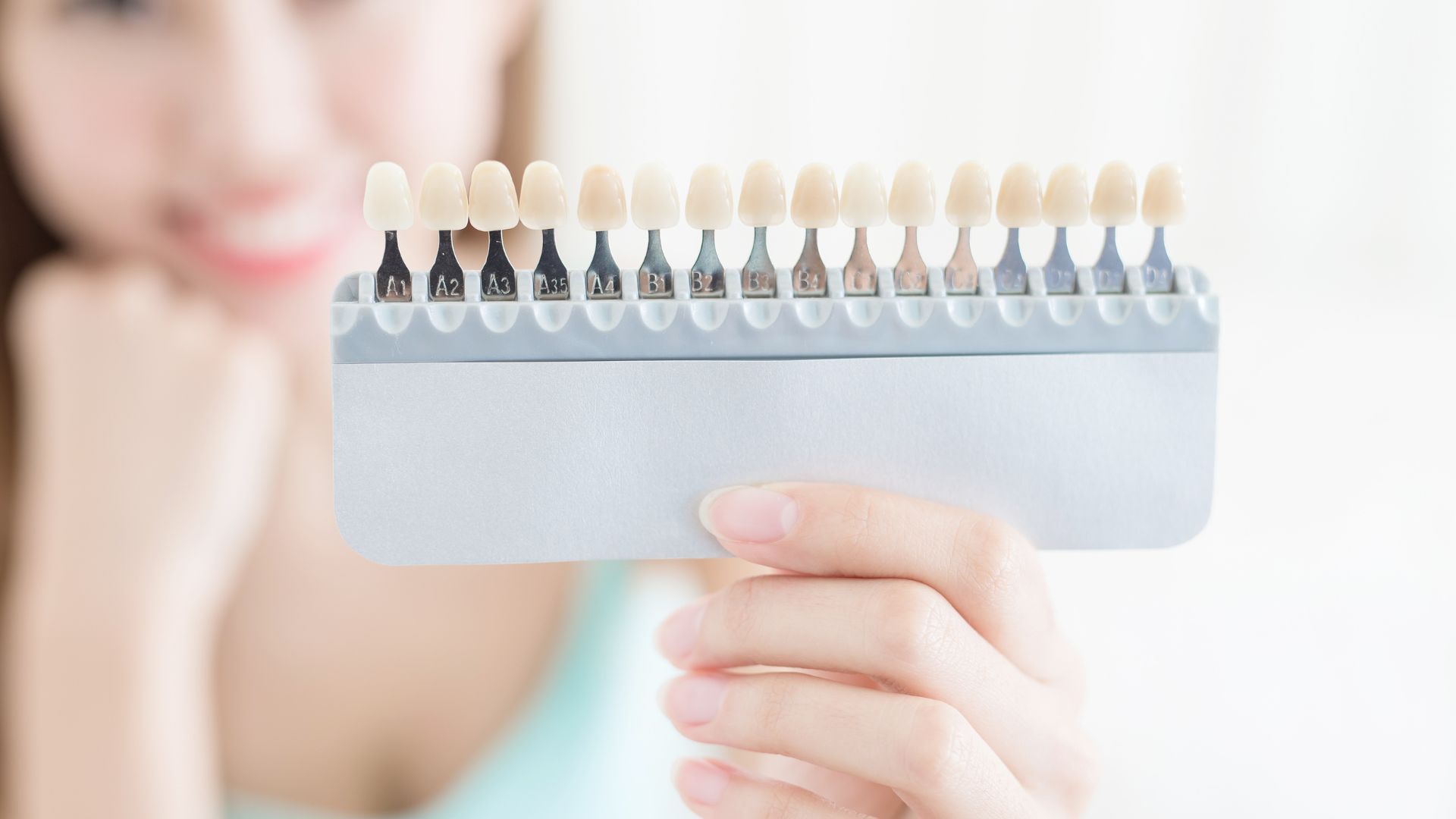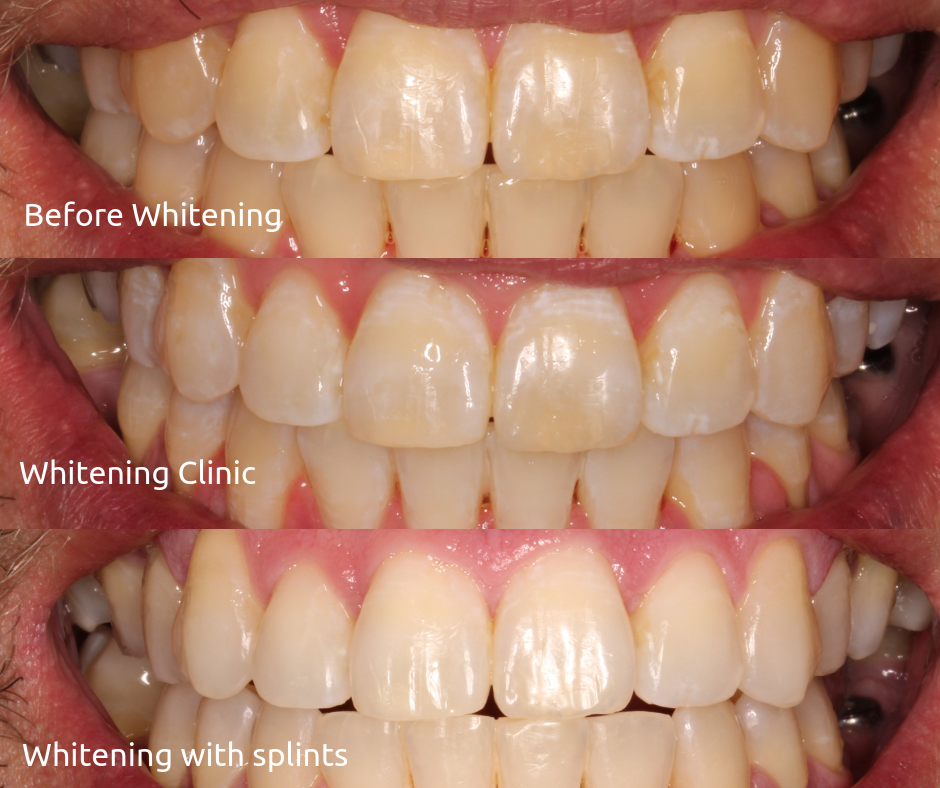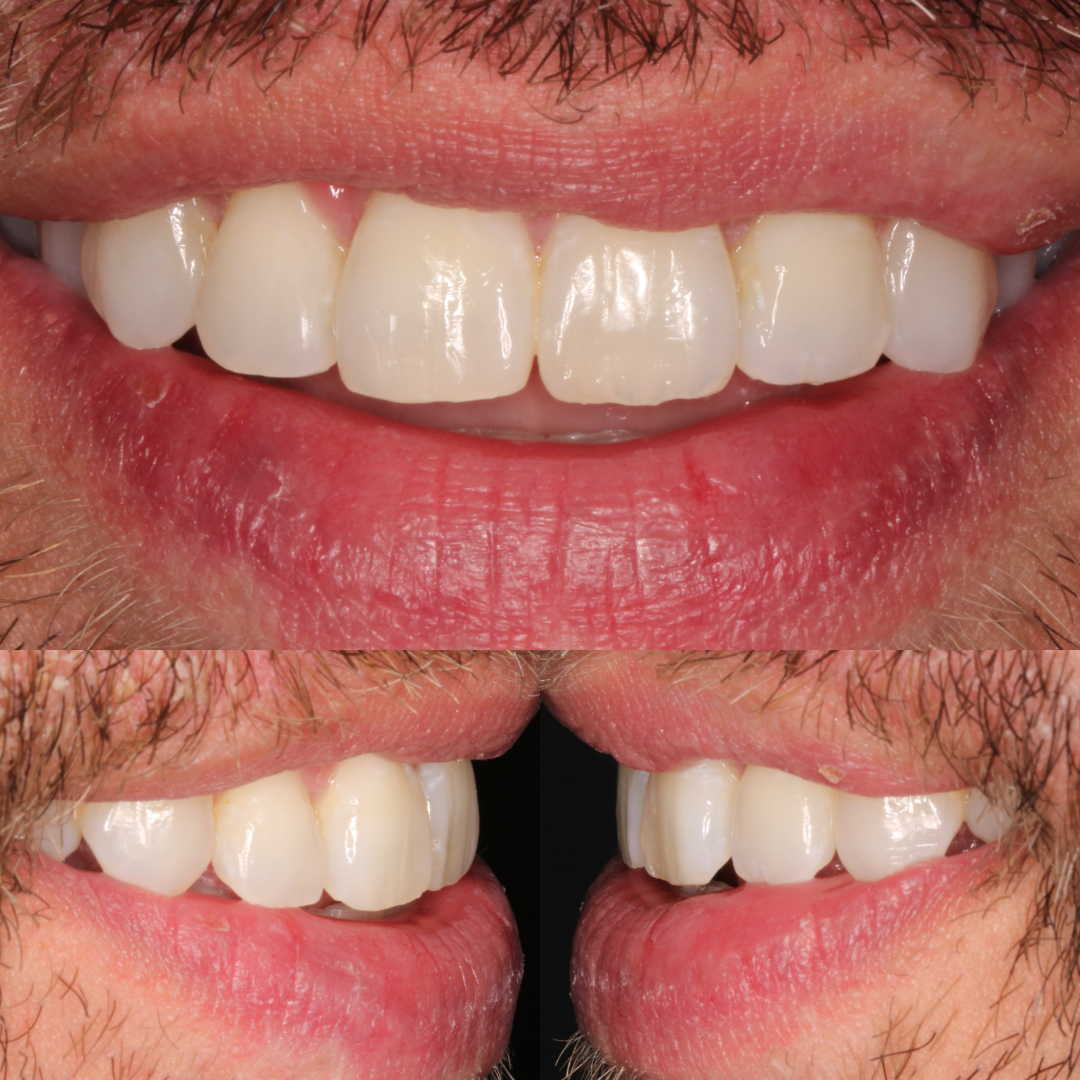How are teeth whitened?
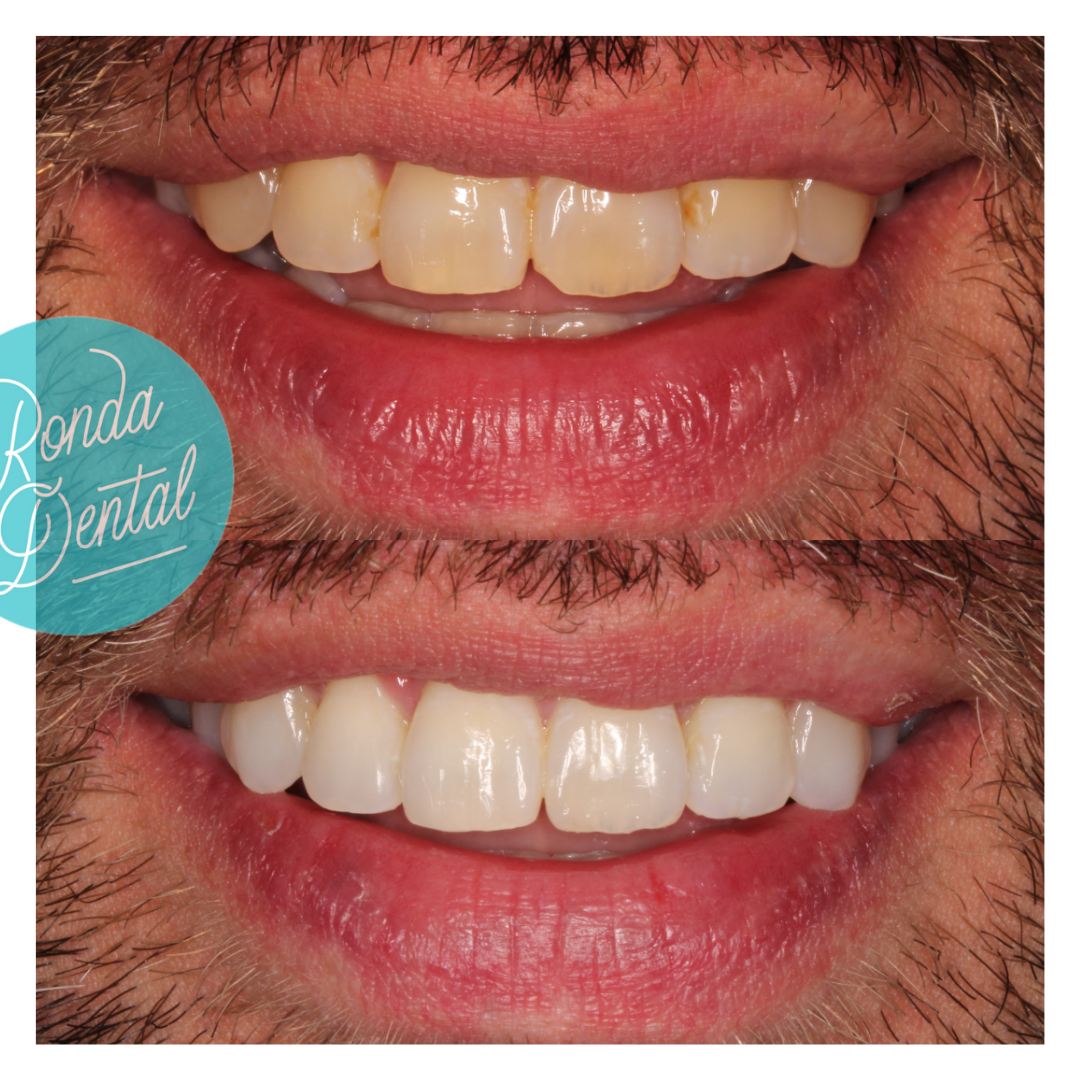
Professional whitening carried out by a dentist specialised in dental aesthetics is done with oxidative products. This means that through an oxidation reaction the molecules that give colour to the teeth are fragmented to become smaller molecules and can be eliminated from the inside of the teeth.
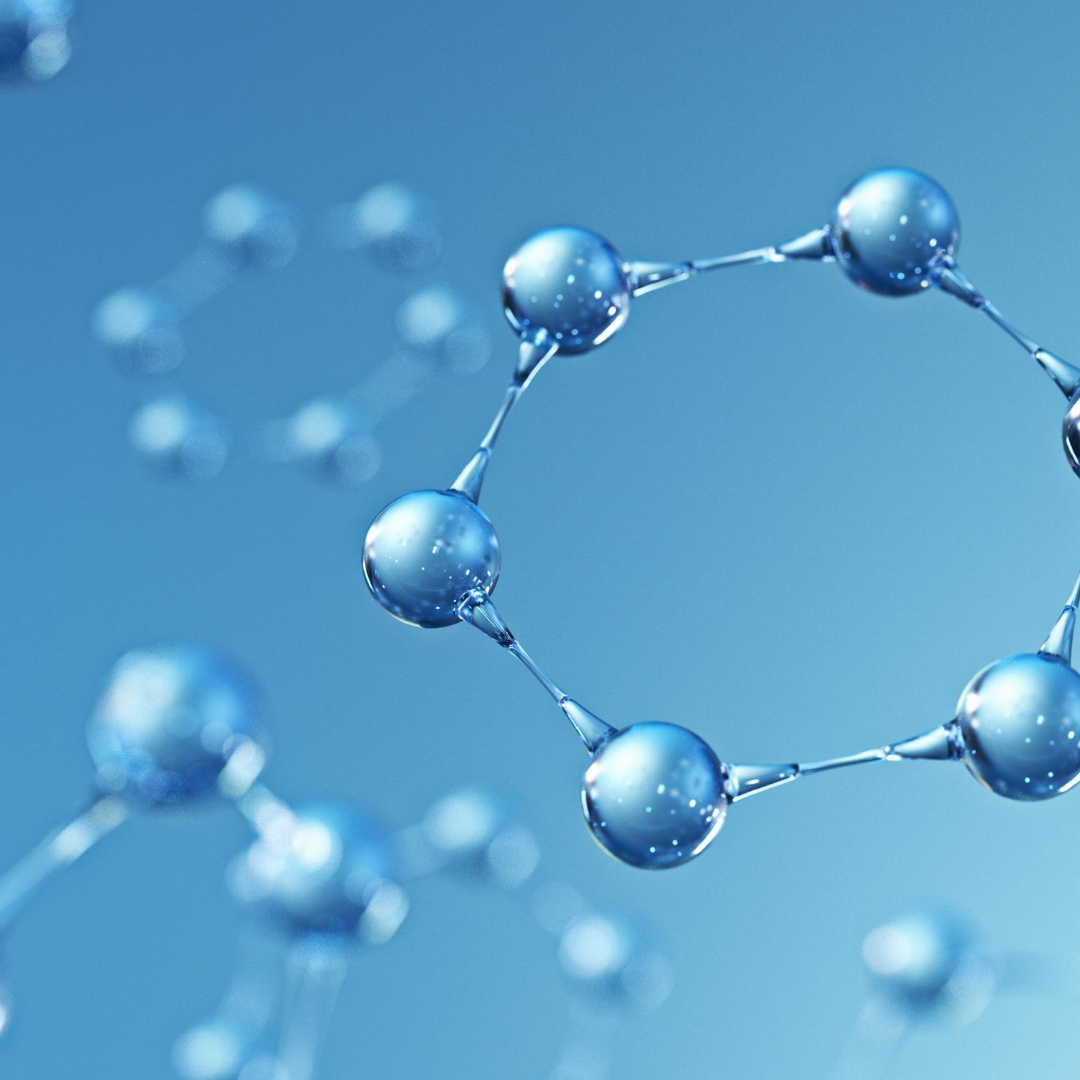
How is it done?
First of all, it is necessary to carry out a check-up of the oral cavity, as tooth whitening can only be carried out if we have good oral health. Whitening cannot be carried out if the patient has caries or periodontal disease, among other pathologies.
To begin with, the tooth surface must be free of bacterial plaque or tartar, which is why in most cases professional hygiene must be carried out prior to treatment. Preferably leaving a few days between the hygiene and the whitening so that the gums have healed in case of bleeding after the hygiene.
Before starting the whitening treatment, photographic records should be taken of the patient’s initial colour in order to be able to compare the results after the treatment has been completed.
Below are step-by-step photographs:
What types of whitening are there?

Basically there are 3 types of professional tooth whitening:
In-clinic whitening:
Several applications of an oxidative agent (usually hydrogen peroxide at a concentration of 35-40%) are carried out in a single session. We usually apply light to activate the product and achieve the same result in less time.
Whitening at home:
The same oxidative agent is used at a lower concentration and is applied in transparent splints custom-made for the patient’s mouth.
Combined whitening:
This is a combination of the two previous ones, combining treatment at home and in the clinic.
Scientific studies show that the most effective and long-lasting whitening in the long term is the latter. The reason is that for whitening to last we must achieve colour stability and this has been shown to be more stable when we combine both techniques.
Although the scientific literature affirms this, the treatment of each patient is individualised, as each patient has their own personal characteristics.
What guidelines should I follow when undergoing whitening?
1. Avoid smoking during the treatment, especially 2 hours before and 2 hours after the treatment.
2. Avoid carbonated drinks (Cola-Cola, Acuarius, Nestea, etc), coffee/tea, red wine for 72 hours after the treatment.
3. Avoid foods with a high acid content (lemon, lime, orange, pineapple, kiwi, grapefruit) because they may increase sensitivity during the following 72 hours after treatment.
4. It is not recommended to drink drinks that are neither too hot nor too cold for 72 hours after whitening.
How long does tooth whitening last?
The duration will depend on several factors:
1. If the whitening is achieved to the whitest shade that the tooth can have, the whitening will last longer.
2. If the patient has good hygiene, stains from food that accumulate on a daily basis will be removed.
3. If the patient smokes, the whitening will last for a shorter period of time.
4. No whitening treatment lasts forever, it is advisable to do a recall approximately every 2 years so as not to lose the tone achieved in the initial treatment.

